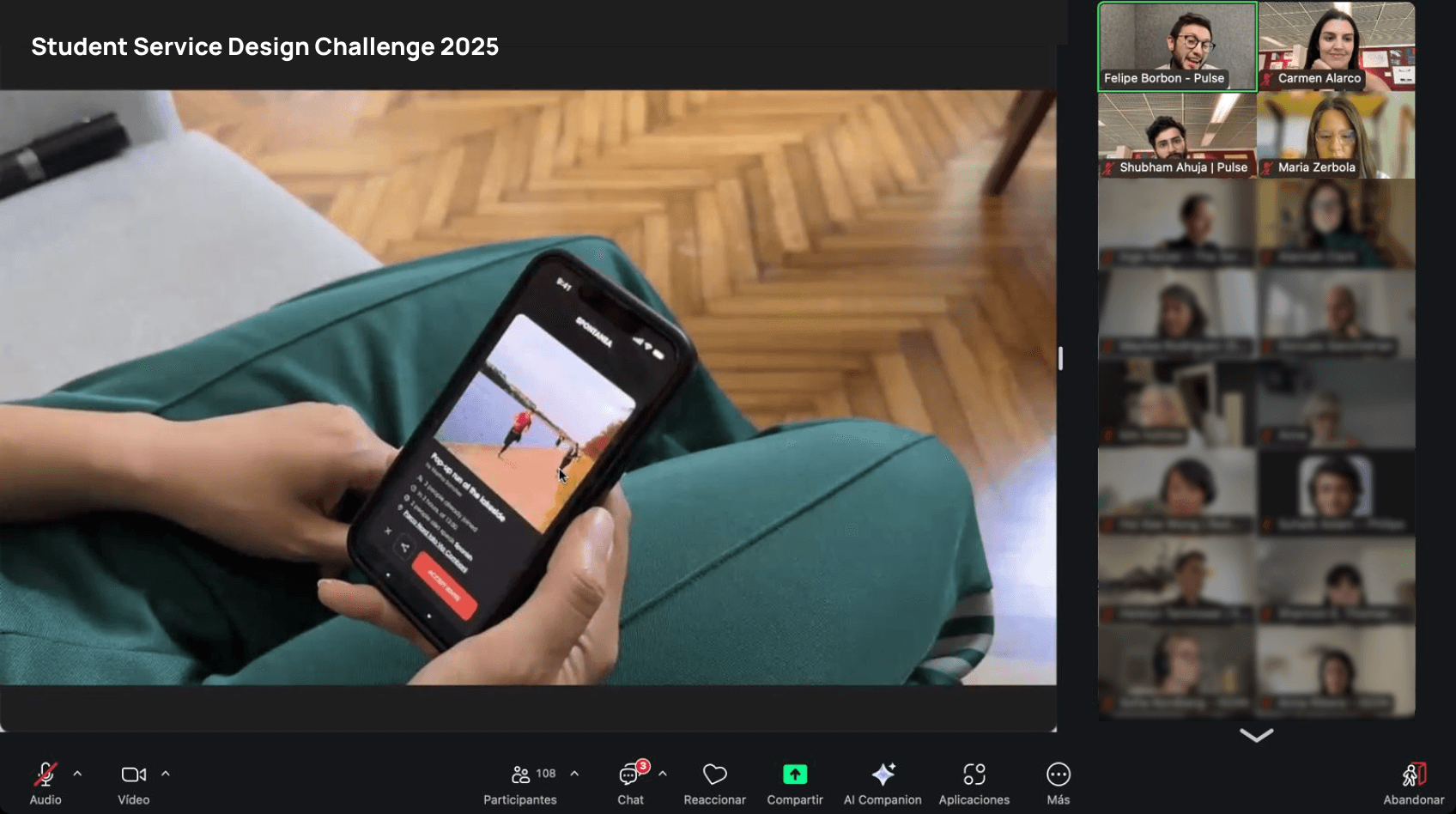
Faced with a competitive and fast-paced environment, many youngsters often prioritize their professional goals over their well-being, as they are in Milan to boost their professional life. This group frequently encounters cultural clashes, complex legal procedures, challenges in finding housing, financial and professional uncertainty, and feelings of isolation, worsened by the rise of remote work and the normalization of individualistic practices.
So, that's how we defined transient youth - Young people who are temporarily living in a place without having a stable residence, in order to find work opportunities or pursue education.

















